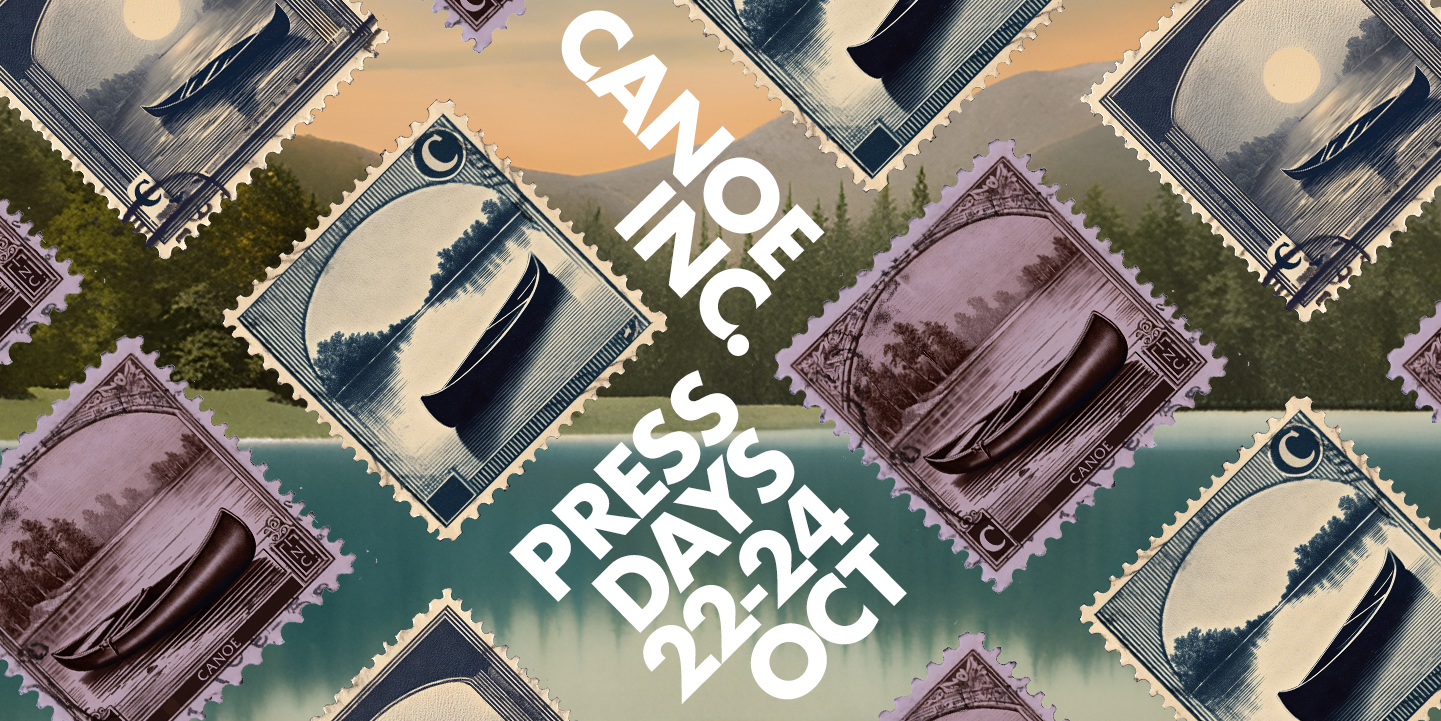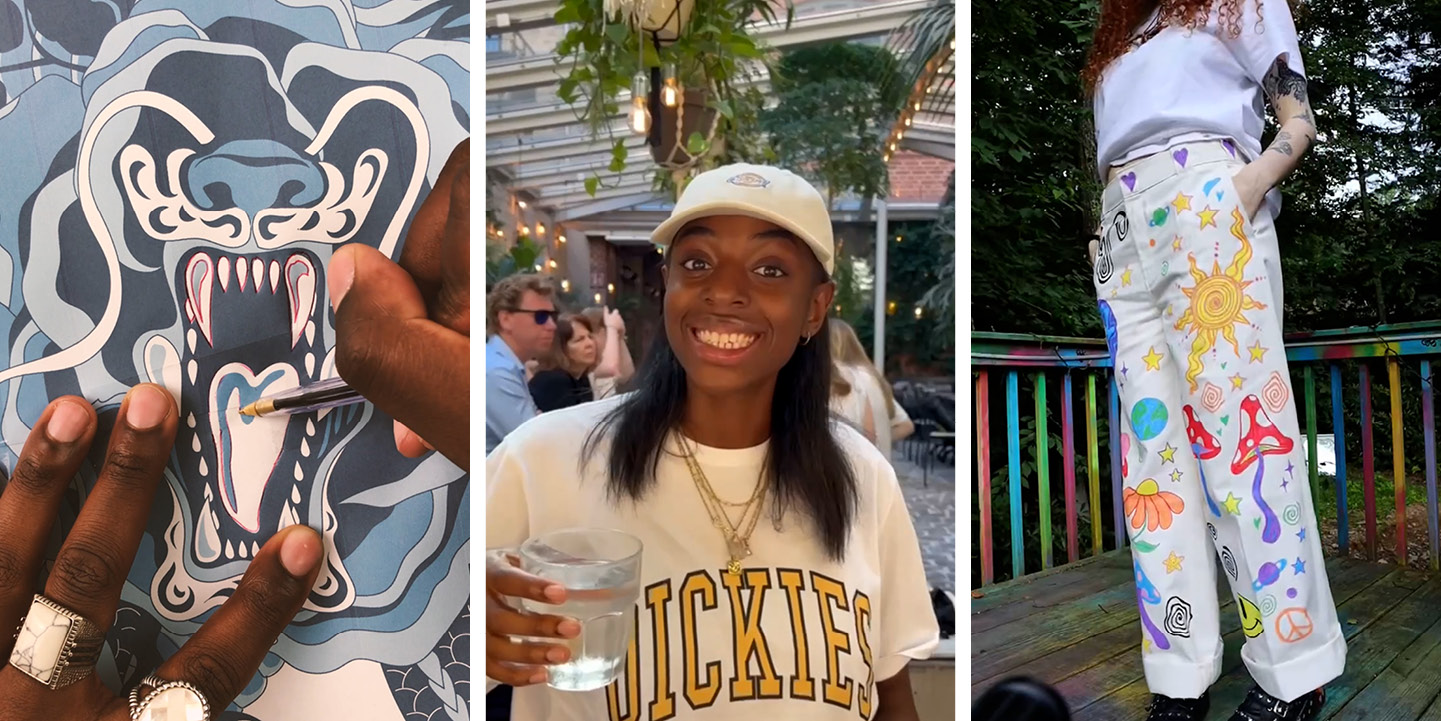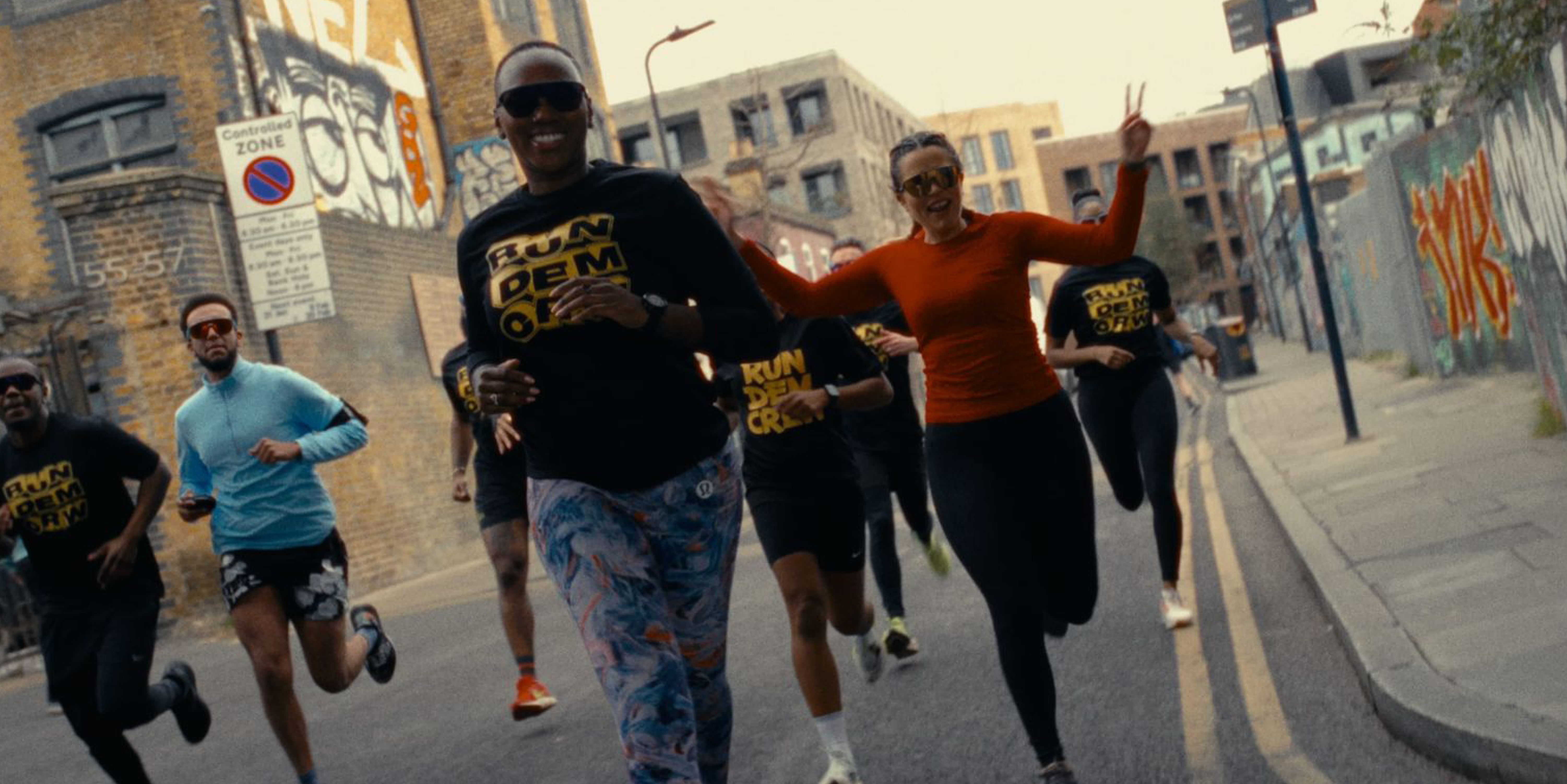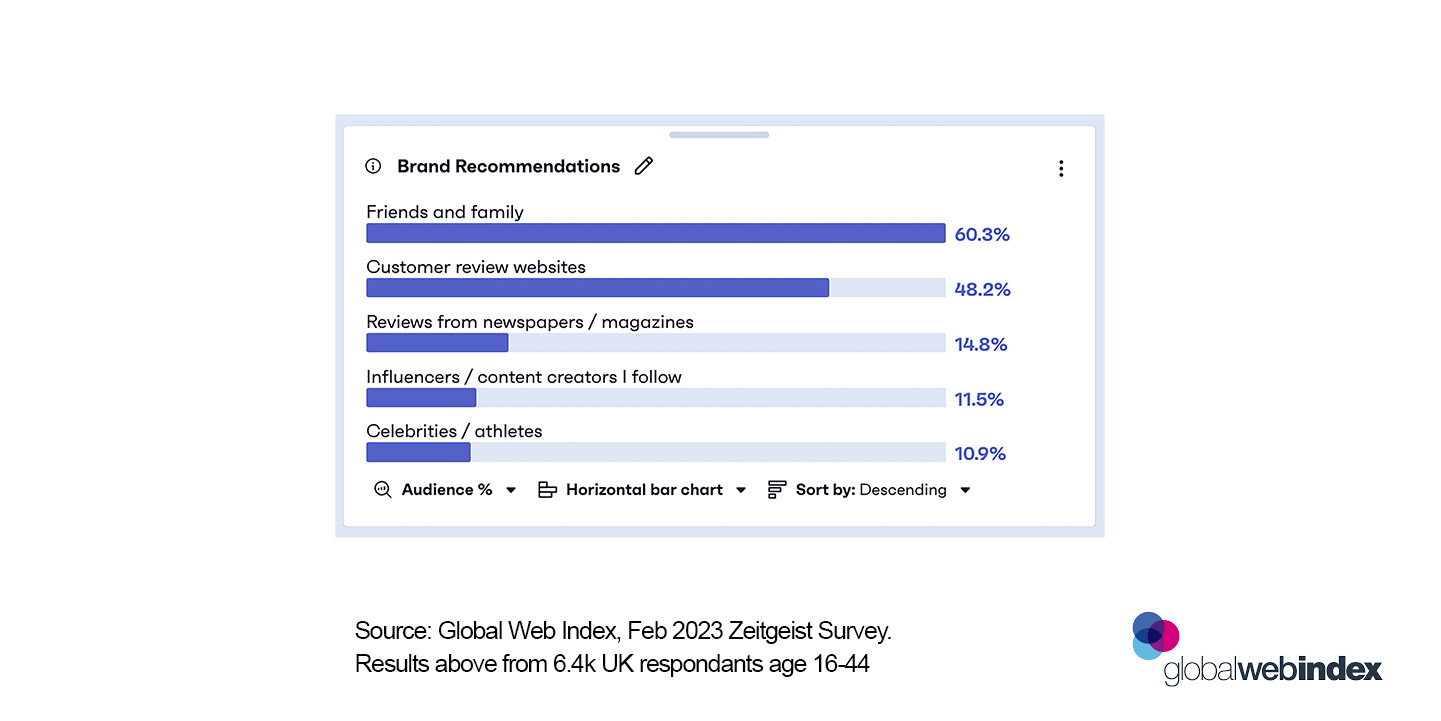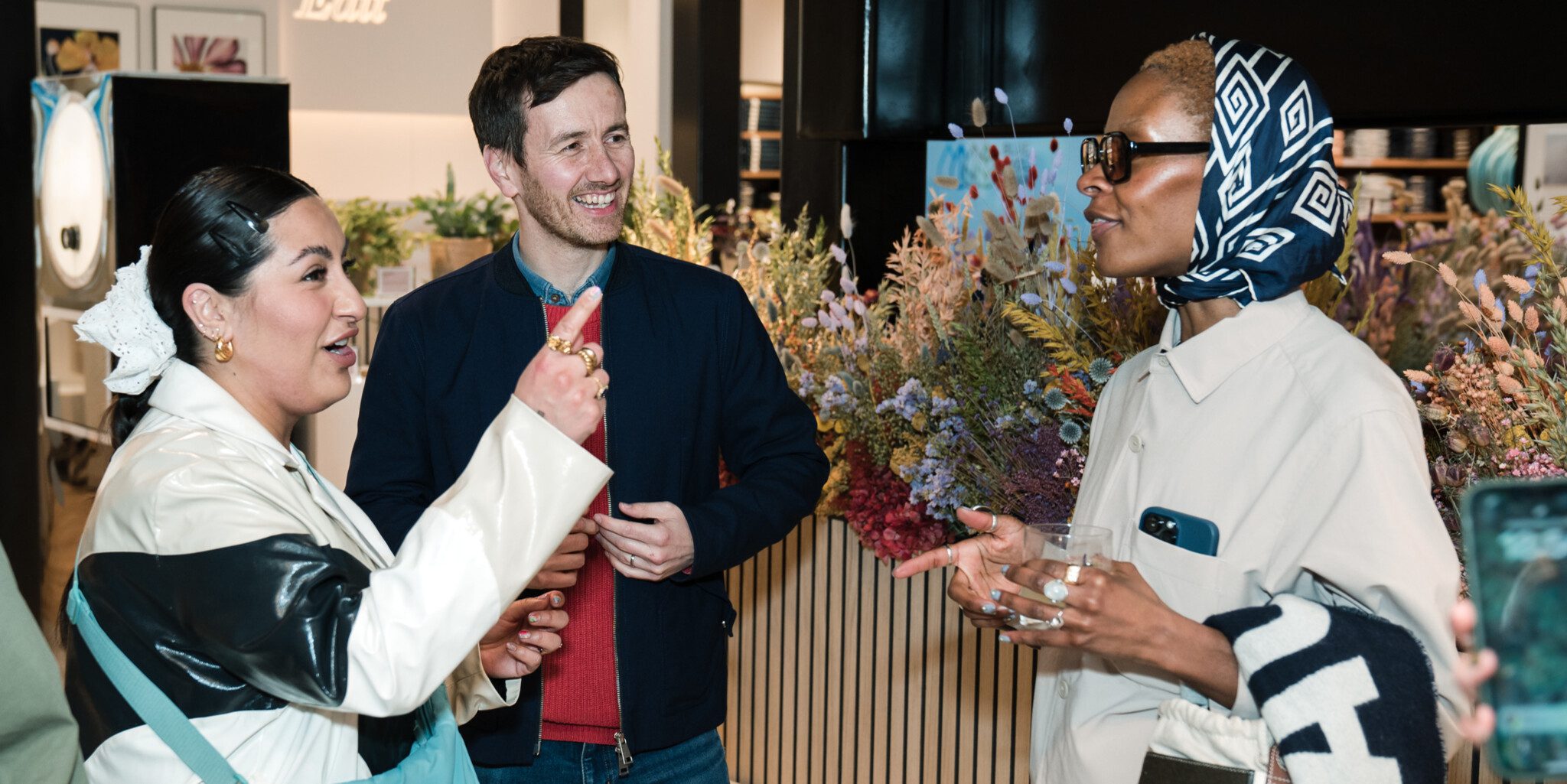Why is brand storytelling important?
Word of mouth is still one of the most powerful brand growth tools, in fact, it is more powerful now than ever. Fostering brand advocacy is a critical part of any marketing strategy.
This is why at Canoe, when we help our brands grow their community we always seek to create brand advocacy through a rewarding content marketing strategy. By having entertaining, educating, and enriching content, your consumers stimulate growth as they stay with a brand. Strangers enter the cycle, going across your brands’ touch points to ultimately become promoters converting the next set of consumers that have been unaware of your brand.
Brand Stories should perform multiple roles (but not at the same time)
In layman’s terms, imagine that you are discovering a brand for the first time. If that first impression is a hard sell – chasing you around the internet to buy, you will not learn or love very much about them. Brands that take time to nurture and earn the trust of their audience are more likely to keep them and in turn, they will become champions for the brand.
FYI – Brand storytelling isn’t just telling literal stories about the brand’s history.
You can tell everyone the story about Dave in accounts, or the history and relevance of a particular moment in time. But when we talk about brand storytelling, it can be anything that the brand wants to communicate to its audience. Breaking a narrative down into chapters, beginning, middle, and end helps when building the content funnel too.
Our Content Marketing strategies are often built around the customer’s lifetime journey. In doing so, we break the content funnel into four simple pillars:
- Entertain
- Educate
- Enrich
- Foster advocacy
Why your content marketing strategy is crucial.
Great content is the vehicle for compelling brand storytelling. Building a rich emotional connection with your audience is a surefire way to establish trust. But creating a compelling brand story must put the audience first. Understanding the target audience and their stage in brand discovery is important.
6,147 people in the UK, aged 16-44 were asked
“Who do you trust the most when looking for a brand to recommend?”
Over 60% said “Friends and family”
Holding an audience’s attention has never been more challenging.
Modular content; gives your story longevity by ensuring you have a versatile kit of parts. A bank of content that moves the storytelling on insures against content fatigue.
Build in hooks and wayfinding; take a look at successful podcast series for great examples of how to create powerful brand storytelling. Break a story down into key chapters, ensuring wayfinding throughout and a compelling story hook at the end of each episode.
Cadence in your content plan; Using the tactics above, pace the storytelling over a period of time. Not all followers will see all of your content all of the time. Pacing your content over a period of time increases the chances of eyes-on and retrospective viewing.
People trust people more than they trust brands. Aim to get your stories told by fans of your brand and they will shine longer and brighter than when confined to your channels.
